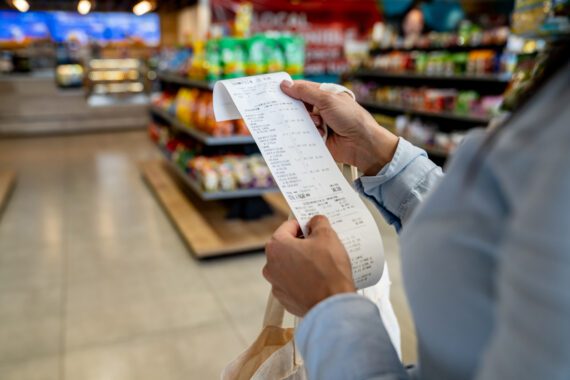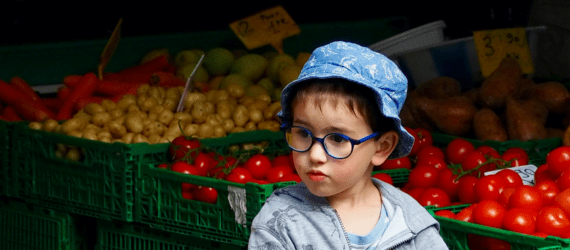In Vermont, between 2019-2021:
- Food insecurity in Vermont averaged 7.9%.
- Vermont’s food insecurity rate was 26% lower than the national average of 10.4%.
- The official poverty rate (which does not account for income from safety-net and tax-support programs such as SNAP, EITC, and others) in the state averaged 8.2%.
- But using the Supplemental Poverty Measure (which does include safety-net and tax-support income), the poverty rate falls to 6.9%. In other words, these programs reduced the poverty rate in Vermont by 16% and the number of people living in poverty by 8,000.
- SNAP, alone, lifted 14,000 people above the poverty line in Vermont, including 5,000 children, per year between 2013 and 2017, on average.



